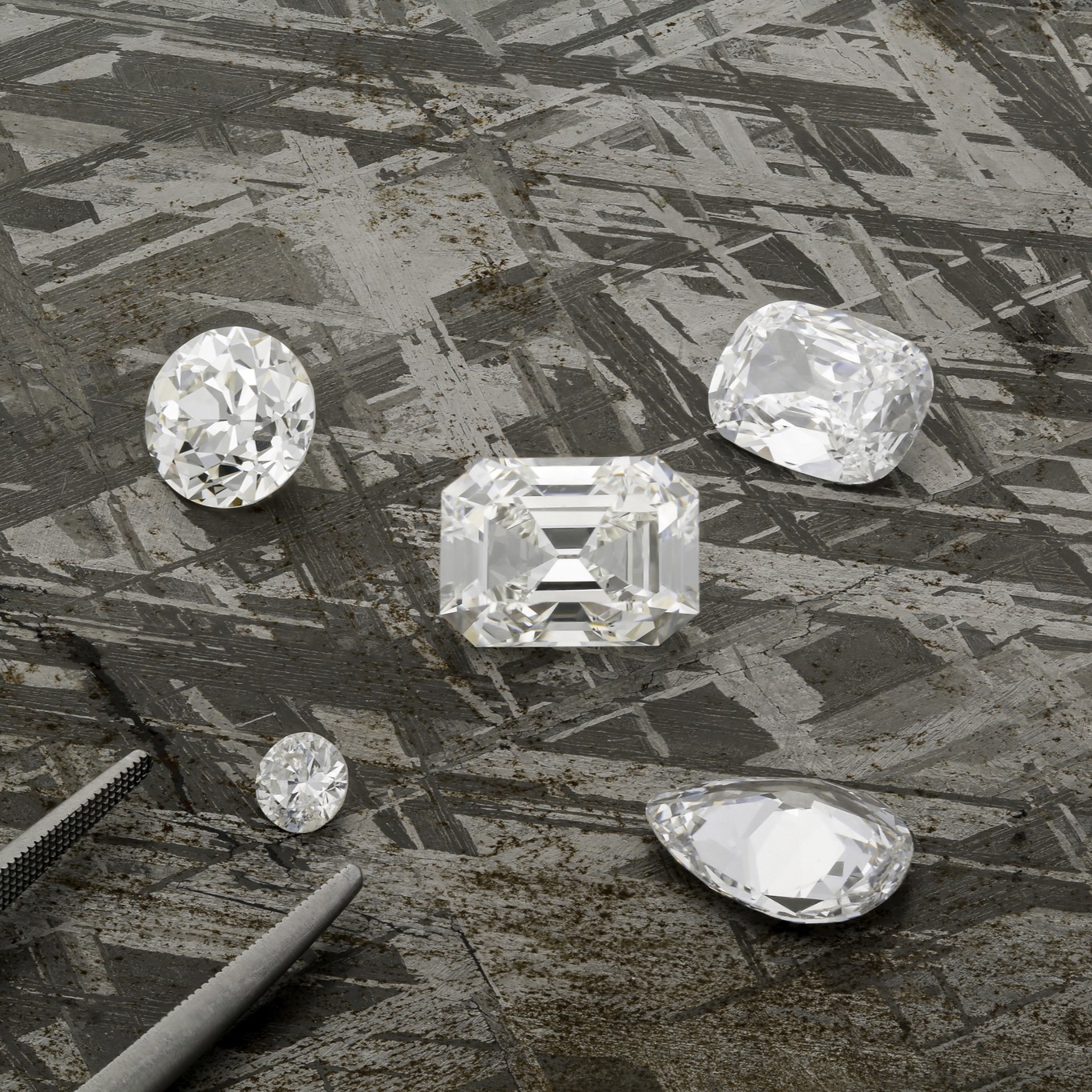December Jewel of the Month

Hancocks London’s December Jewel of the Month is a sensational 7.79ct Golconda diamond ring.
Having acquired this rare and special diamond Hancocks Director Guy Burton knew he wanted to set it as a ring and in such a way as to really honour the exceptional beauty of the stone. Burton – in consultation with his team of master craftsman – decided on these elegant split shoulders set with single cut diamonds rather than brilliants to add a more gentle sparkle, enhancing the band in a way that felt in keeping with the sophisticated charm of the main stone. Cut in an elegant moval shape, which is the perfect marriage of a marquise outline with the softening rounded ends of an oval, it has not only been graded a D colour IF clarity stone but also determined to be of the coveted Type IIA diamond classification.
All diamonds can be grouped into two main categories which are referred to as ‘types’, depending on the trace elements that are naturally present within the carbon crystal structure of the diamond. Type I diamonds contain small amounts of nitrogen whereas Type II diamonds do not. Each of these types is then subdivided further and the term Type IIA is used to denote the very purest diamonds. This means there are no measurable impurities in the diamond of any kind which makes these stones exceptionally rare, they make up less than 2% of all gem quality diamonds found worldwide. Not only can these stones be perfectly colourless but they also possess an exceptional level of transparency which enhances their beauty and allows the brilliance and fire of the diamond to
be appreciated to the fullest.
Famous examples of Type IIA diamonds include the Koh-i- Noor and the Cullinan, which are part of the Crown Jewels, along with the Krupp diamond which Richard Burton bought for Elizabeth Taylor and was later renamed the Elizabeth Taylor Diamond.
As well as having exceptional colour and clarity this diamond also possesses all the unique limpid purity that we associate with the coveted name Golconda.
Historically, the vast majority of the world’s diamonds came from India but after discoveries in Brazil in the 1720s and South Africa in the 1860s, their production was eclipsed in terms of quantity. However, the quality of diamonds from these ancient Indian mines and specifically those from the Golconda region became renowned for being some of the most beautiful and important ever discovered.
Guy Burton, Director, Hancocks London, comments: “This is a very special diamond, not only for its innate beauty but also for the history associated with these rare and desirable stones. Our hope is that it will find a home with someone who will appreciate all facets of this exceptional jewel.”



